The Tesla Roadster is more than just a car; it’s a milestone in automotive history. From its groundbreaking technology to its role in shaping the future of electric vehicles, the Roadster’s development is filled with remarkable stories. In this article, we’ll explore 12 astonishing facts that highlight the innovation and impact behind Tesla’s first production car.
Contents
First Production Car with a Lithium-Ion Battery
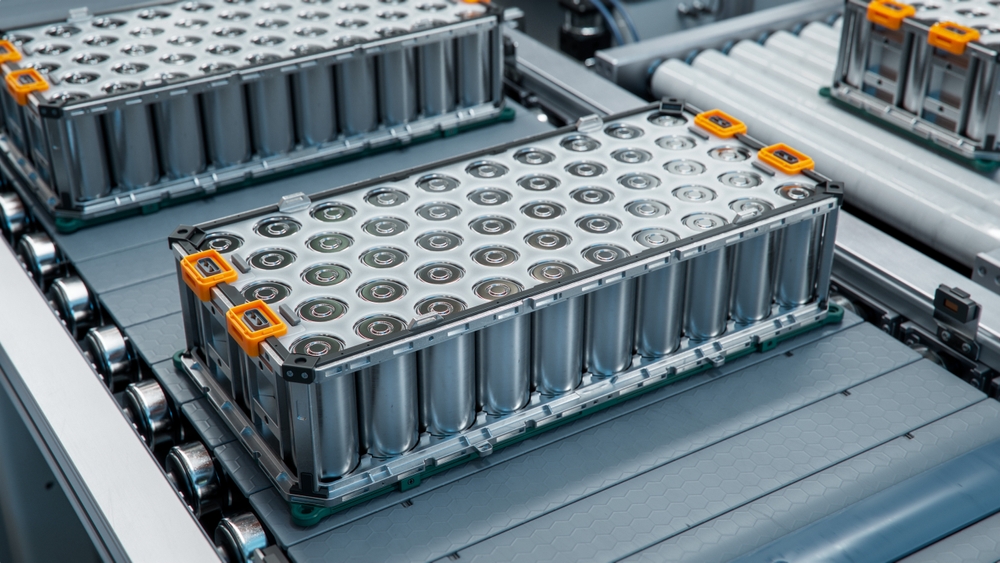
The Tesla Roadster made history as the first production car to use a lithium-ion battery pack. This groundbreaking innovation enabled the Roadster to achieve a range exceeding 200 miles on a single charge. It wasn’t just about distance; it marked a revolution in the electric vehicle industry. By proving that long-distance travel was possible, Tesla challenged the dominance of gasoline-powered vehicles.
Based on the Lotus Elise

Tesla’s decision to base the Roadster on the Lotus Elise chassis played a crucial role in its development. While the Elise provided a lightweight and agile platform, Tesla made significant modifications to accommodate the electric powertrain. This partnership allowed Tesla to bring the Roadster to market quickly, leveraging Lotus’s expertise in sports car engineering. Consequently, Tesla could focus more on innovating the electric components.
Acceleration Comparable to Supercars

The Tesla Roadster stunned the automotive world with its acceleration, achieving 0-60 mph in under 4 seconds. Comparable to some of the best supercars of its time, this performance demonstrated that electric vehicles could be both fast and environmentally friendly. This was more than just a performance metric; it was a statement. Tesla was proving that electric cars didn’t have to compromise on speed or excitement.
High-Performance Electric Motor
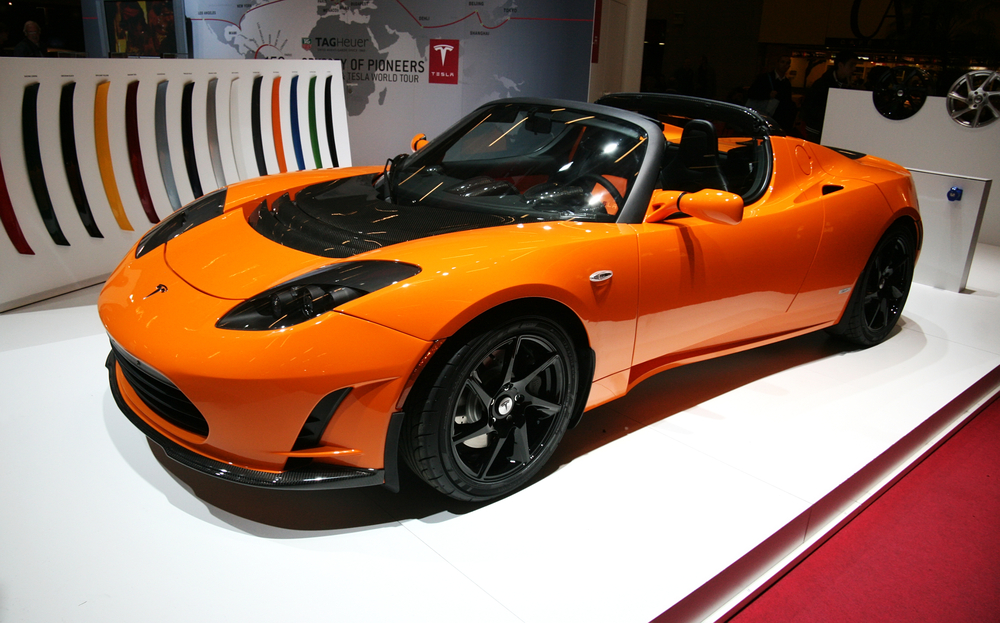
At the heart of the Roadster was its AC induction electric motor, delivering 248 horsepower and 200 lb-ft of torque. This powerful motor, combined with the car’s lightweight design, resulted in thrilling acceleration and precise handling. The motor’s efficiency wasn’t just about speed; it significantly contributed to the vehicle’s impressive range. Tesla set a new benchmark for electric vehicle performance with this innovative powertrain.
First Production Car to Orbit the Earth
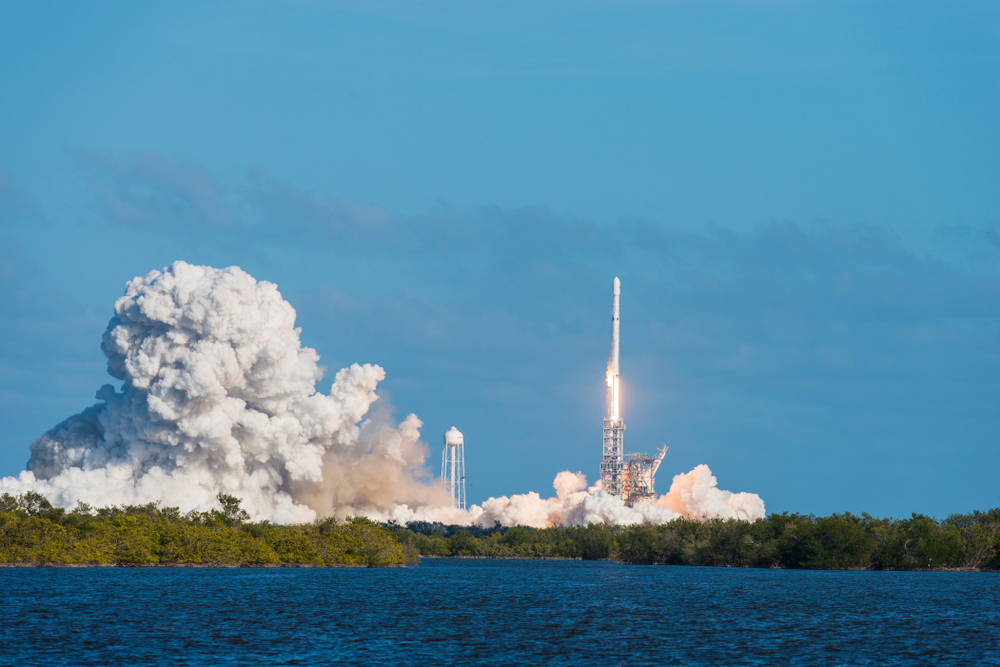
In a display of both innovation and showmanship, a Tesla Roadster became the first production car to be launched into space. This historic event occurred in 2018 when Elon Musk’s personal Roadster was sent into orbit around the Sun on SpaceX’s Falcon Heavy test flight. With a mannequin dubbed “Starman” in the driver’s seat, this spectacle captured global attention. It was a bold reminder of Tesla’s commitment to pushing boundaries.
Longest Range of Any Electric Vehicle at Launch

Upon its release, the Tesla Roadster boasted the longest range of any electric vehicle available, with an EPA-estimated 245 miles per charge. This achievement was more than a technical milestone; it was a breakthrough that dispelled myths about electric vehicles being suitable only for short trips. The Roadster’s range made it a viable option for daily commutes and long-distance travel, setting the stage for future electric vehicles.
High-Price Tag for Cutting-Edge Technology
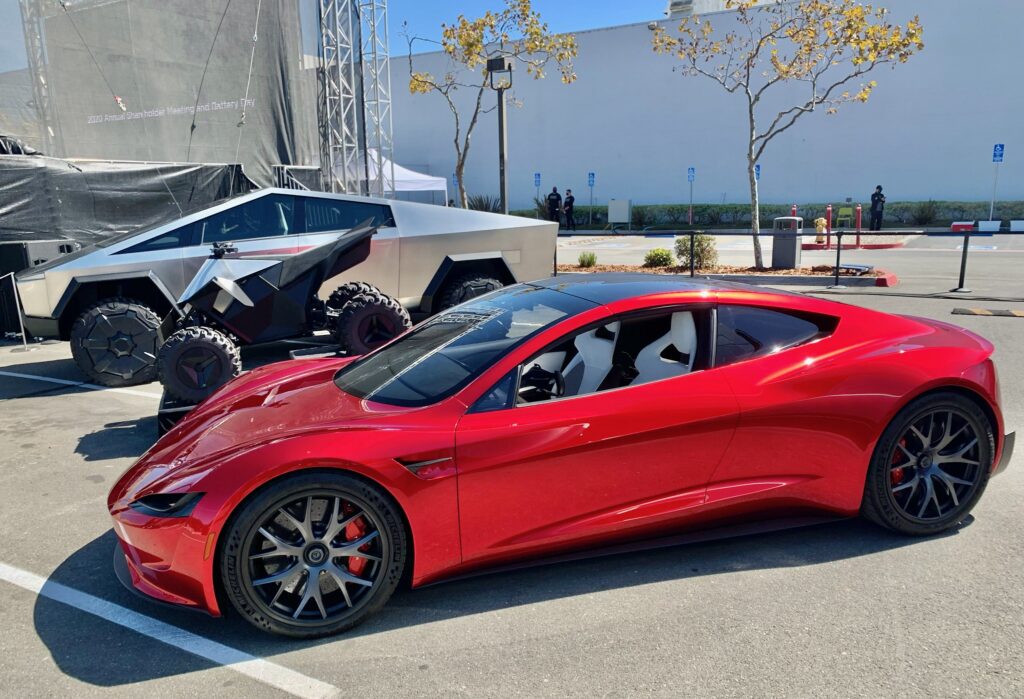
Priced at around $109,000, the Tesla Roadster was not just a car but a luxury item. Its high price reflected the cutting-edge technology and innovation that went into its development. While it targeted a niche market, the Roadster’s success proved that there was a demand for high-performance electric vehicles. Moreover, the profits from this luxury model helped fund the development of more affordable Tesla models like the Model S.
Highly Efficient Regenerative Braking System
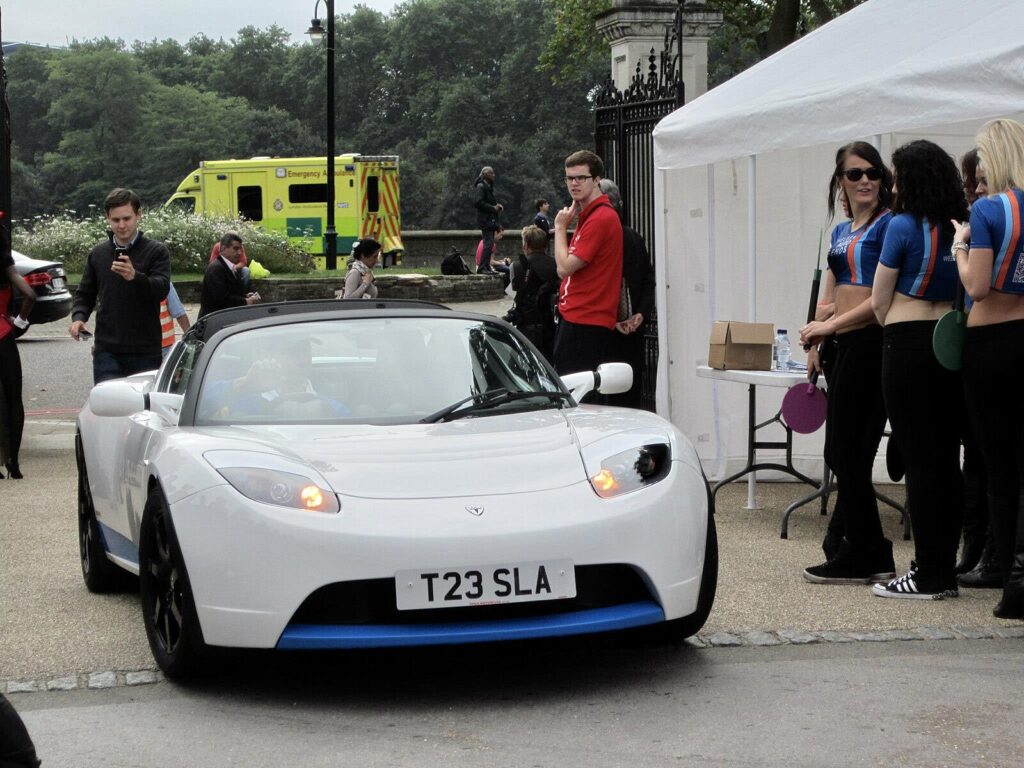
Equipped with an advanced regenerative braking system, the Roadster was able to recapture energy during deceleration. This technology didn’t just enhance the car’s efficiency; it extended its range by converting kinetic energy back into electrical energy stored in the battery. The innovation wasn’t just about saving energy; it set a new standard for electric vehicles. This feature has since become a hallmark of Tesla’s design philosophy.
Limited Production Numbers

With only about 2,450 units produced between 2008 and 2012, the Tesla Roadster is a rare gem. Its limited production run was partly due to the high manufacturing costs and Tesla’s nascent stage at the time. These factors combined to make the Roadster a collector’s item, with values appreciating as Tesla’s success continued to rise. The scarcity of the Roadster has only added to its mystique and desirability.
Pioneered Electric Vehicle Charging Infrastructure
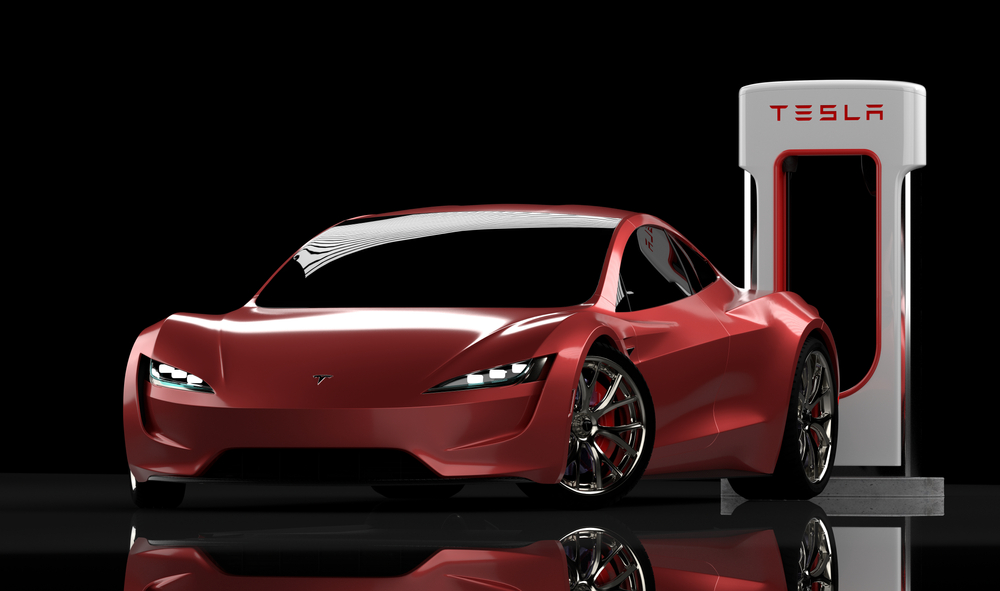
The development of the Tesla Roadster also spurred the creation of Tesla’s charging infrastructure. To support the Roadster and future vehicles, Tesla established the Supercharger network. This network was essential in addressing range anxiety and making long-distance electric travel feasible. It wasn’t just a convenience; it was a critical step in making electric vehicles a viable option for everyday drivers.
Inspired the Creation of Tesla’s Gigafactories

The success of the Tesla Roadster highlighted the need for a massive increase in battery production, leading to the concept of Tesla’s Gigafactories. These facilities were envisioned to produce batteries on an unprecedented scale, reducing costs and ensuring a steady supply for Tesla’s growing lineup. The Gigafactories didn’t just solve a supply problem; they became a cornerstone of Tesla’s global strategy.
Critical Acclaim Despite Early Skepticism

When Tesla first announced the Roadster, many in the industry were skeptical of the company’s ability to deliver. However, upon its release, the Roadster received widespread acclaim for its innovative design and performance. This shift in perception wasn’t just a win for Tesla; it established the company as a serious contender in the automotive industry. The Roadster’s success helped to build the foundation for Tesla’s future growth.
Reinforced Tesla’s Brand Identity
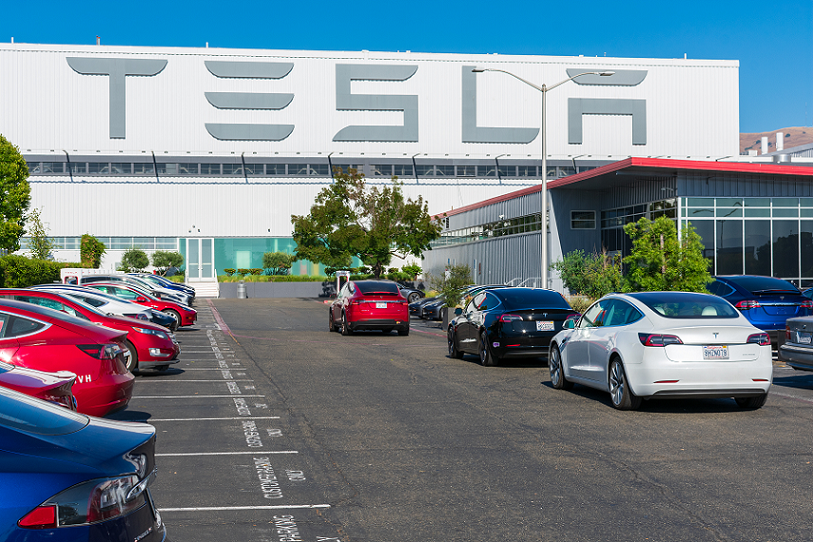
The Roadster played a critical role in shaping Tesla’s brand identity as a leader in electric vehicle innovation. Its sleek design, coupled with groundbreaking technology, became synonymous with Tesla’s vision for the future of transportation. This wasn’t just about selling cars; it was about defining a new standard in the industry. The Roadster’s impact on Tesla’s brand cannot be overstated.
Set the Stage for Future Models

The development and success of the Tesla Roadster laid the groundwork for all future Tesla models. The Roadster served as a proving ground for the company’s electric vehicle technology, demonstrating what was possible and setting the bar high. This early success didn’t just validate Tesla’s approach; it provided the momentum needed to develop subsequent models like the Model S and Model 3. The lessons learned from the Roadster continue to influence Tesla’s design and engineering.
This article originally appeared in MyCarMakesNoise.
More from MyCarMakesNoise
17 Unbelievable Engineering Feats in Submarine History
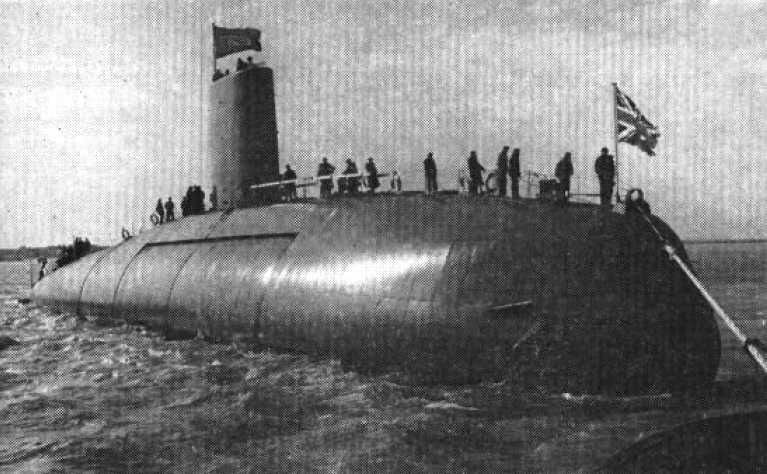
Submarines have fascinated us for over a century with their incredible feats of engineering. From the early prototypes to today’s advanced underwater vessels, the innovations in submarine technology have been nothing short of remarkable. Read More.
15 Airliners That Failed to Make an Impact

Commercial aviation has seen its share of triumphs and tribulations. While some airliners revolutionized air travel, others failed to leave a mark. In this article, we’ll explore 15 airliners that, despite high hopes and ambitious designs, just couldn’t make an impact in the skies. Read More.
25 Iconic Cars That Shattered Speed Records

Speed has always been a fascination for car enthusiasts and engineers alike. In this article, we take a look at 25 iconic cars that shattered speed records, leaving an indelible mark on automotive history. Read More.














